
Trading
Trading is one of the key features of the financial markets where it creates liquidity and promotes efficiency. It is one of the sources of income for investment banks and other financial institutions (investment banks, hedge funds, commodity companies, market makers, etc...). Traders tend to use technical and fundamental analysis for idea generation and to attempt to predict future movements, which may be contrary to what is taught in financial academia about efficient market hypothesis (EMH).
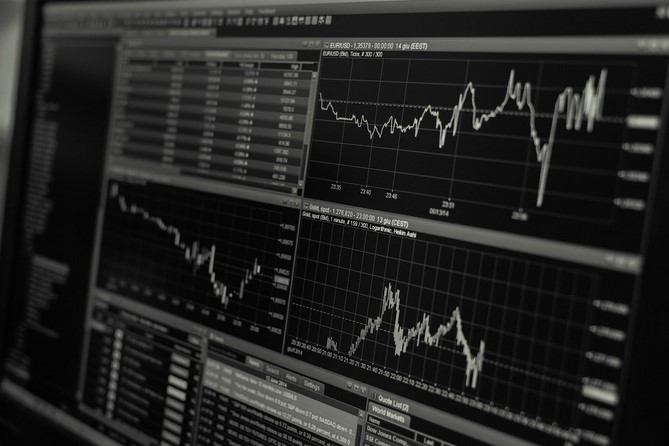
A trader who trades in large quantities, could move the market and as a result, could incur heavy transaction fees. Further, large volume trades are heavily regulated (under the Securities Exchange Act of 1934 and Securities Act 1933 in the United States) to make sure it is not a pump-and-dump. Thus, traders engaging in large volume trades tend to do off-market transactions in dark pools such as Chi-X to avoid market impact costs.
Contrary to investment banking, it is extremely performance-oriented. If a trader generates good financial returns to the firm, they will be quickly promoted and amply rewarded. On the other hand, if they consistently lose money or make unnecessarily risky bets, termination of employment would be imminent.
Routes to land a trader role at an investment bank includes doing a summer internship during the penultimate year of a bachelor's degree or having a quantitative graduate degree.
Types of Trading
There are 3 main types as briefly described below:
- Market Making
- Agency
- Proprietary
Market Making
Market making is when market makers find buyers and sellers of assets and do the trade on behalf of each party. They will buy the asset from a seller at the bid price and then sell it to a buyer at the ask price. During this process, they are creating a market for the assets and earning the difference known as the bid-ask spread.
Though there are risks associated with market-making, some being that the assets may change in value before the market maker can make both sides of the deal and there may not be much supply/demand for the assets. To compensate for this risk and to make some profit, the market maker will often offer a larger spread between the bid-ask.
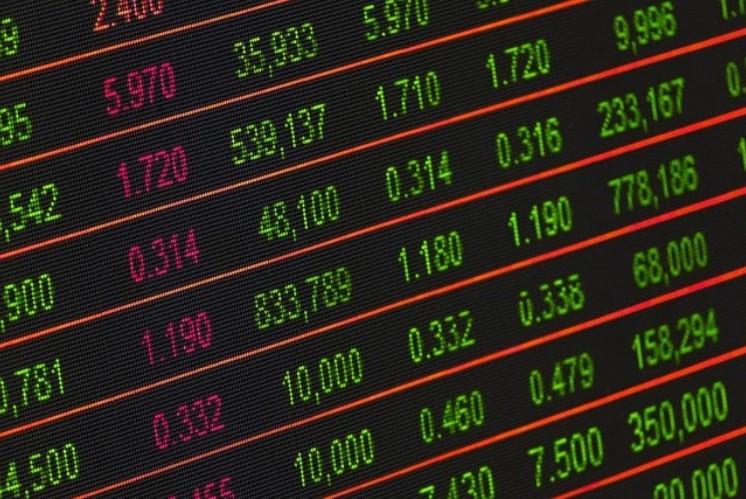
To be a competitive market maker, it is essential to have a list of clients who trust them so that they are able to have more transactions and avoid spending a long time at either end of the deal.
In recent years, market makers have been willing to provide a small sum of payment to brokerage firms for directing orders to them and this is better known as payment for order flow (PFOF). The widespread adoption of this practice has allowed commission-free trades to become a reality but it has also come under scrutiny as some critics suggest this is a "kickback" to brokerage firms and that it may not provide the best theoretical prices to the investors.
Agency Trading
It is the most restricted and literal form. It involves executing the mandates of the trader's clients. An agency trader will have a portfolio of clients, and if one of them calls the trader and says he wishes to buy x amount of asset y at price z (limit order) or x amount of asset y at the current price (market order), the trader will execute that order for them.
It has almost no risk associated with it which is why there are minimal profits to be earned. The profit comes from the small commission charged to the clients on a per-trade basis.
Further, it has dwindled in popularity especially since the rise of the internet where the retail clients could access the exchange and place the order themselves. This has led to lower commissions for brokerage firms. In recent years, the rise of commission-free trades due to PFOF has also led to fewer investors using agency services.
Proprietary Trading
It is the riskiest out of the three but also the most profitable among them. It is essentially in-house speculation about the movement of asset prices. Traders will open a position based on how they think the markets are going to move. If they are correct, they stand to make a lot of profit, and if they are wrong they will lose the firm's money. Thus, in order to attempt to reduce risk, traders tend to hedge their positions using either derivatives or inversely correlated assets. Some firms are dedicated purely to this strategy. Most investment banks used to have proprietary trade desks.
After the Great Financial Crisis of 2008 (GFC), commercial banks have ceased/spun off their prop devision in order to comply with the Volcker Rule. This is due to the significant losses major banks (Morgan Stanley, Merrill Lynch, etc.) sustained during the GFC leading to the government having to bail out many of them.
Areas of Trading
At an investment bank, traders usually work on the trading floor and do not interact much with the rest of the departments. Different sectors are referred to as 'desks' and they cover different financial products or areas. Some examples of the financial products traders deal in are:
- Equities - stocks, and shares of publicly traded companies
- Fixed Income - bonds, securities, and any other fixed-income asset
- Forex - currency pairs
- Commodities - oil, metals, food, etc.
- Derivatives - options, futures, etc.
Equities
This is the asset class that the general public would associate with when placing trades. In reality, this is the asset class that is traded the least by financial institutions. The reason this asset class has lost its popularity is due to the lack of volatility and which in turn reduces the opportunity to generate alpha. Share price movements of more than 10% are rare for equities as they could be considered substantial and as such, they would be seen as a less attractive option for short-term trades than other asset classes. Further, in some financial markets, trades are suspended if the stock in question moves more than a certain percentage a day to protect investors.
Also, traders in the equity markets are subjected to insider as well as other regulations imposed by the SEC and other financial regulators. Equities desks are usually split into sectors (technology, pharmaceutical, etc.) and geographical locations (European, Asian, US).
Fixed Income
In the past, fixed income would mean bonds only. Nowadays, there are many creative iterations of bonds such as zero-coupon bonds and other fixed-income assets, where the holder receives a fixed rate of return until maturity for lending money. One of the most known fixed-income assets in recent times is CDOs (collateralized debt obligations).
The yield of fixed income assets is affected by the interest rate policy of the currency it was borrowed in and the credit rating of the borrower. The credit rating, which is an indicator of the probability of default by the borrower, would be derived from an analysis of the financial statements. Fixed Income desks are divided into government, corporate, municipal, mortgage, etc.
Forex
Forex is an abbreviation of foreign exchange. Forex traders specialize in trades based on currency pairs, where a currency is traded against another currency in a pair. The most traded pairs in forex markets are the EUR/USD and USD/JPY pairs. The direction in which currencies move is influenced by the signals of the strength of both economies of the traded pair. The signals are the economic data and monetary/interest rate policies of the currency pair. For example, if the US announces poor GDP growth, it is likely that the USD will depreciate against other currencies, in this case, EUR or JPY. On the contrary, if the US announces that it will increase the interest rate, it is likely that the USD will appreciate against the other currencies.

Commodities
Commodities cover a vast range of assets, all of which are tangible. The most popular commodity is oil, but there is also copper, iron, wheat, cotton, etc. All of the commodities are homogenous across the world, used for production purposes, and produced en masse.
Some critics have blamed commodity traders for the rise in inflation, as speculation tends to push up prices of commodities and, as a result, inflation. Though, there lacks significant evidence to back up the claim.
Commodities are traded as futures and futures are generally not held to maturity. This is because traders do not want to own the commodities, i.e. 10,000 barrels of oil when the futures expire. Owning commodities would bring about extra costs in storage and hence would reduce their profits. Therefore, this may lead to unusual occurrences such as the negative WTI oil futures which were recorded on 20 April 2020 during the expiration of the April contracts.
Derivatives
Derivatives are one of the most popular instruments to trade due to the possibility of leveraging and small capital requirements. The most common derivatives are options and futures, although there are significantly more types. As of 2008, it is estimated that there is around $600 trillion worth of derivatives being held and traded around the world, roughly 10x that of global GDP.
Skills desirable for Trading
Some of the skills that make a successful trader are:
- Basic financial knowledge
- Detailed knowledge of asset class
- Good understanding of risk management
- Rational judgment and resilience to adversity
We look at each one in brief detail below.
Basic financial knowledge
Unlike other areas of investment banking (investment banking division and global capital markets division), this is a role that requires only basic financial knowledge to perform. This means that one does not need extensive financial knowledge to excel in this role.
A successful trader would, at the very least, know the basics of the financial market such as how economic factors affect the market.
For example, a Forex trader would recognize that when the interest rate rises, ceteris paribus, the currency associated with the economy would likely appreciate in value as there would be an increase in the inflow of "hot money".
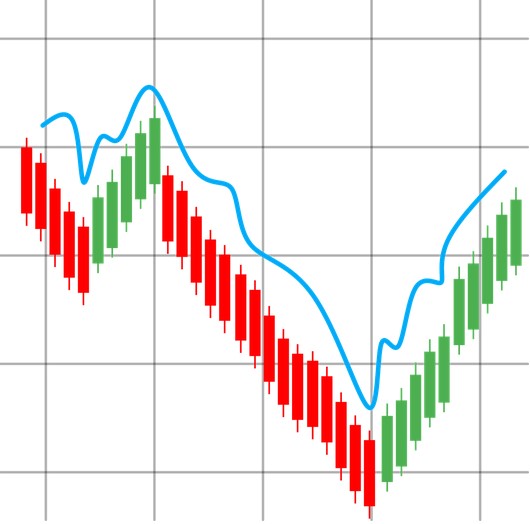
This is in contrast to other areas of investment banking where there is a need for extensive financial knowledge. For example, an investment banker working in IBD would need to know how to perform a discounted cash flow (DCF) analysis and in that analysis, they have to add scenarios to account for the different potential economic outlooks of a firm.
Knowledge of asset class
A successful trader, albeit only needing basic financial knowledge, would have detailed knowledge of the asset class they trade in. This would allow them to understand the price movements of all assets in the particular asset class.
For example, commodity traders would have a detailed understanding of commodities, such as the inter-market spreads, they trade in to consistently generate profits.
Understanding of risk management
A trader would have a good understanding of the risk tolerance of the firm or the client they are placing trades on behalf of. They would then set the appropriate level of risk that they will undertake when taking up a position.
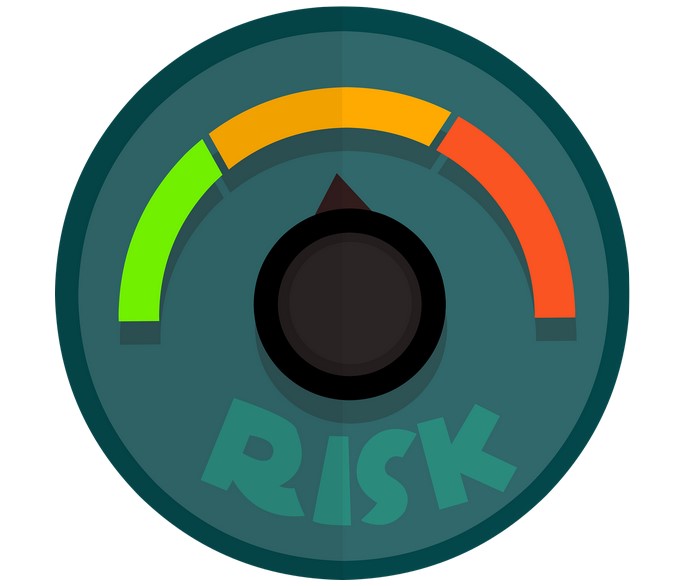
For example, a firm specializing in commodities would likely have a higher risk tolerance compared to a general firm when participating in the commodities market due to their experience in dealing with the asset class.
Thus, the trader in the specialized firm would likely be able to set up a deeper stop-loss level when initiating a position as they would have a stronger conviction of their position compared to a trader in a general firm taking up the same trade.
Rational judgment and resilience to adversity
Successful traders would likely possess rational judgment and employ it to undertake the relevant decisions as new material information comes in. This means that there may be times where the trader would need to cut losses because the new information does not support the initial position.
Given that new information may not be beneficial to traders and that some of the convictions may be inaccurate, there could be periods of time where traders have to deal with days of continuous losses. On many occasions, this may lead to a loss of confidence among the traders and they would start to have doubts over their ability to trade and make a profit.
However, successful traders would recognize that they are unable to have an influence over external factors and what they could do is to increase their research to support their conviction and increase their chances of gaining a profit. This would in turn increase their resilience to adversity which is a desirable trait.
Benefits of Trading
Some of the benefits are as follows:
- Monetary rewards
- Liquidity in the market
- Efficient market
Monetary rewards
Trades in the financial markets brings about monetary rewards to the traders should the price of the financial asset move in the direction of the position made by the trader.
For example, a trader shorting 100 barrels of oil with the initial price of $75/barrel will stand to gain $5,000 in his overall position when the price of a barrel reaches $70.
Liquidity
Traders in financial assets brings about liquidity in the financial markets. When a financial asset is described as liquid, it means that the financial asset is traded frequently in the market and there is enough supply and demand for the financial asset to ensure a smooth buying and selling experience with good price discovery.
This means that the market price of the financial asset would not be affected significantly when a position by a single trader is offloaded or executed.

Efficient market
Traders of financial assets also promote the efficient market hypothesis. This means that the price of that asset is close to its underlying intrinsic value.
We illustrate a simple example to explain how this would work below.
When a financial asset is undervalued, the demand for the asset would exceed its supply as the traders would seek to purchase it to generate alpha. This would lead to the price appreciation of the financial asset.
The price appreciation of the asset would continue until it equals its underlying intrinsic value.
Risks to Trading
Some of the risks associated with it are as follows:
- Loss of personal wealth
- Liquidity risk
- Inefficient markets (potentially)
Loss of personal wealth
When a trader employs their personal wealth to trade, their net worth would suffer a loss should the price movement go against their position. Using the example of the commodity trader shorting 100 barrels of oil, they would stand to lose $5,000 if the price of oil increases from $75/barrel to $80/barrel
In extreme cases, with insufficient risk management, it is possible that the trader would go bankrupt. This is particularly so if the trader employs leverage to trade and does not set up reasonable stop-loss levels.
Liquidity risk
While it would promote liquidity of the financial asset due to the increased number of transactions, it may be possible that the trader would receive suboptimal pricing especially if the asset being traded is illiquid. Illiquidity is common in assets that do not belong to a popular asset class or are from developing markets with high regulatory risk.
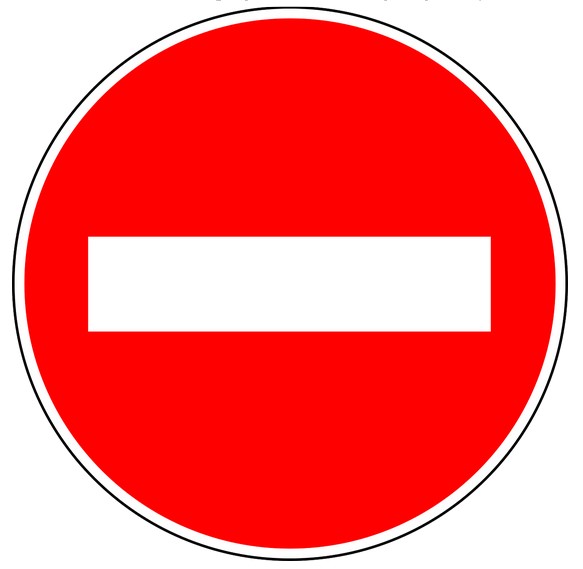
Inefficient markets
In theory, it brings about an efficient market as traders would correct market inefficiency through arbitrage opportunities. However, in reality, this is not the case as it is based on available information is subjective and up to the individual trader's ability to act on the available information.
For example, a trader may view the US government policy of stopping the Keystone XL pipeline and heavily subsidizing alternate forms of energy to be a bearish indicator of oil while another trader could view that as an extremely bullish indicator as it means that there is excess demand oversupply of oil production in the short run.
Further, it would only bring about an efficient market if the traders trade in a rational and logical manner considering the intrinsic value of the financial asset. If the traders do not trade in a rational and logical manner, random price movements that are not based on any fundamentals are a possibility. A good example of this would be the January 2021 GameStop short squeeze where the movement of the prices of the shares was not supported by its underlying fundamentals.

Everything You Need To Master Excel Modeling
To Help You Thrive in the Most Prestigious Jobs on Wall Street.
Free Resources
To continue learning and advancing your career, check out these additional helpful WSO resources:
.jpg?itok=DxumzaOP)

or Want to Sign up with your social account?